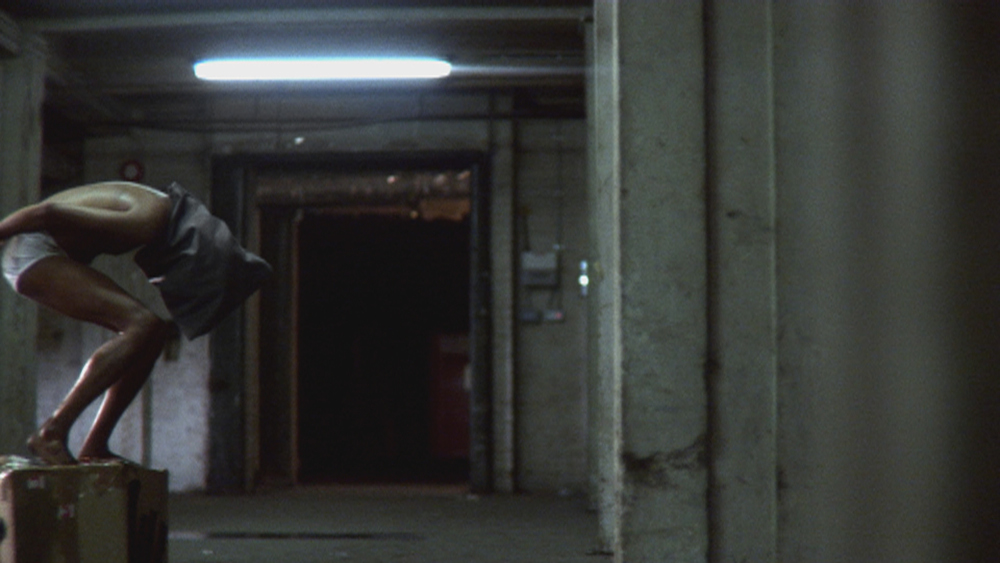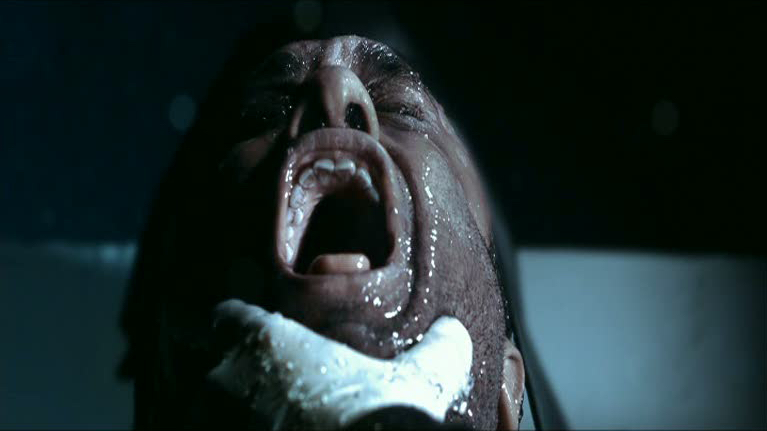According to a new study from Harvard’s Kennedy School of Government, since the beginning of the “war on terror,” and especially since the Abu Ghraib torture scandal, the nation’s four widest circulated newspapers, the New York Times, Los Angeles Times, Wall Street Journal and USA Today, have had a “significant and sudden shift in how [they have] characterized waterboarding.”
The study shows very interesting findings regarding the characterization of waterboarding in a number of articles over the last 70 years. From the 1930s and until 2002-2004, the Media that covered waterboarding considered it torture, or at least implied that it was torture. However, after it was clear that the U.S. was using this interrogation technique, those newspapers stopped referring, in most of the cases, to it as a form of torture.
Instead, they started giving it a “softer and less negative” connotation using words like “harsh,” “coercive” and “controversial.” For example, while the New York Times, between 1931 and 1999, considered waterboarding as torture in 81.5% of the articles that mentioned the practice, between 2002 and 2008, waterboarding was only considered as torture in 1.4% of the cases. The percentages of articles in the LA Times reflect almost the same pattern.
But ironically, when waterboarding was used in a country other than the United States, the newspapers under the study indeed referred to it as torture.
The study concludes that the change in waterboarding’s characterization is not due to the Media’s efforts “to remain neutral in the debate going on in the U.S.,” as some suggest. Rather, since waterboarding has always been considered as torture under American and international law, “the newspaper’s equivocation on waterboarding can hardly be termed neutral.”
Join our call for a full investigation into the US government’s use of torture.




 In 1958 a communist French newspaper editor sympathetic to the cause of Algerian independence called Henri Alleg published “The Question”, a short account of his interrogation under torture by French paratroopers:
In 1958 a communist French newspaper editor sympathetic to the cause of Algerian independence called Henri Alleg published “The Question”, a short account of his interrogation under torture by French paratroopers:

